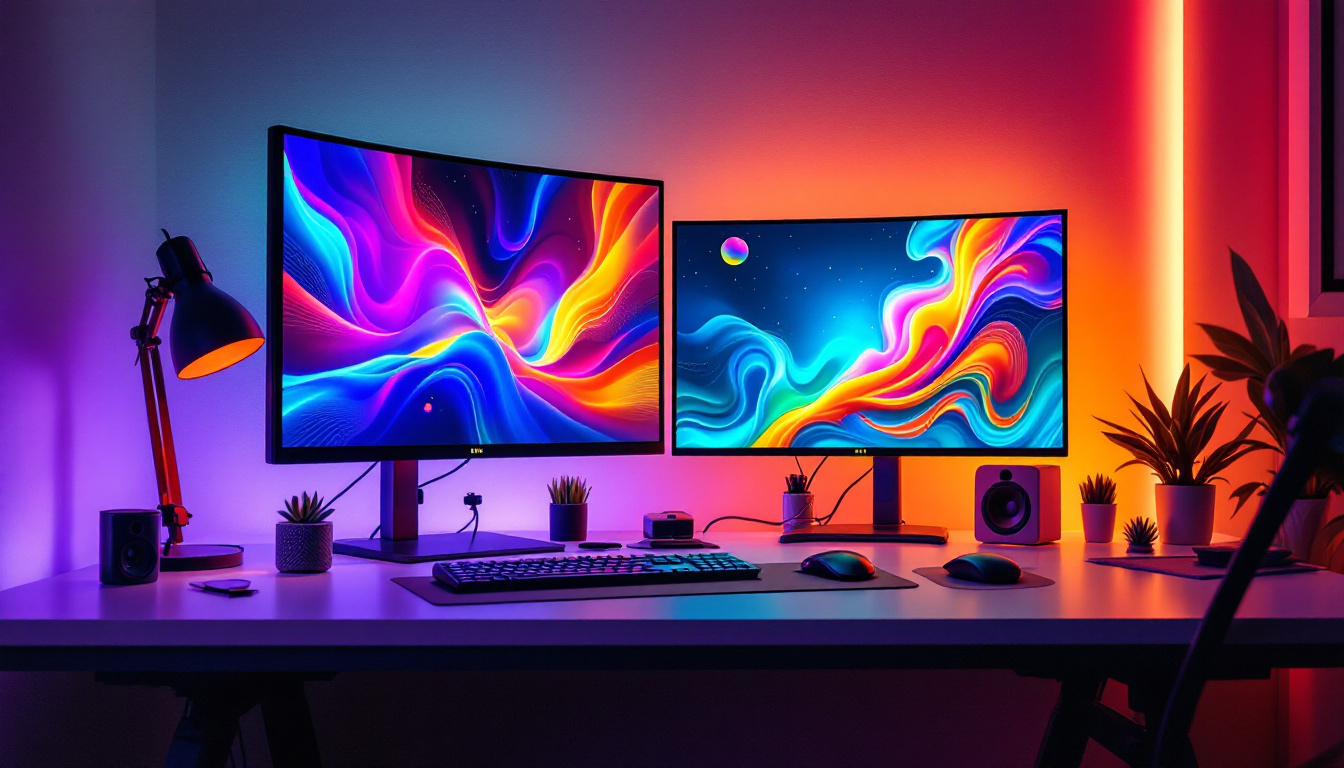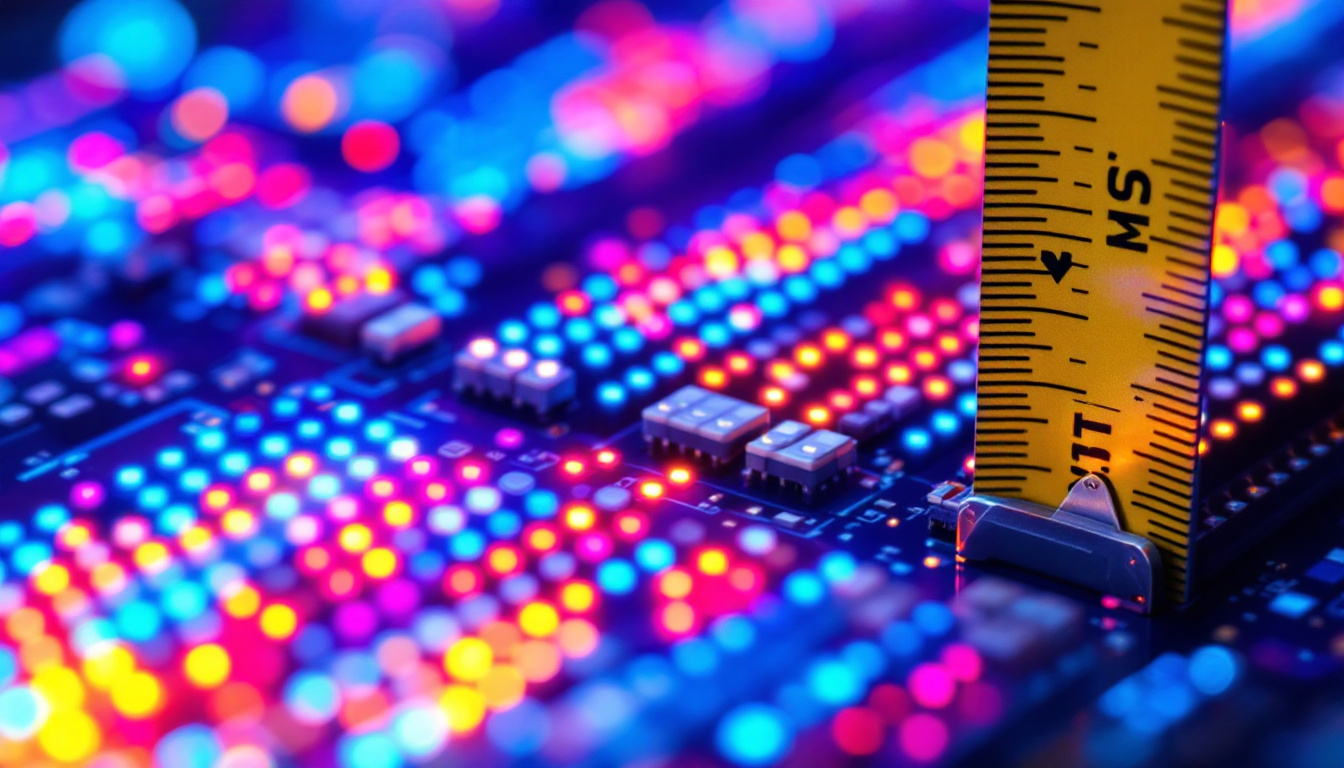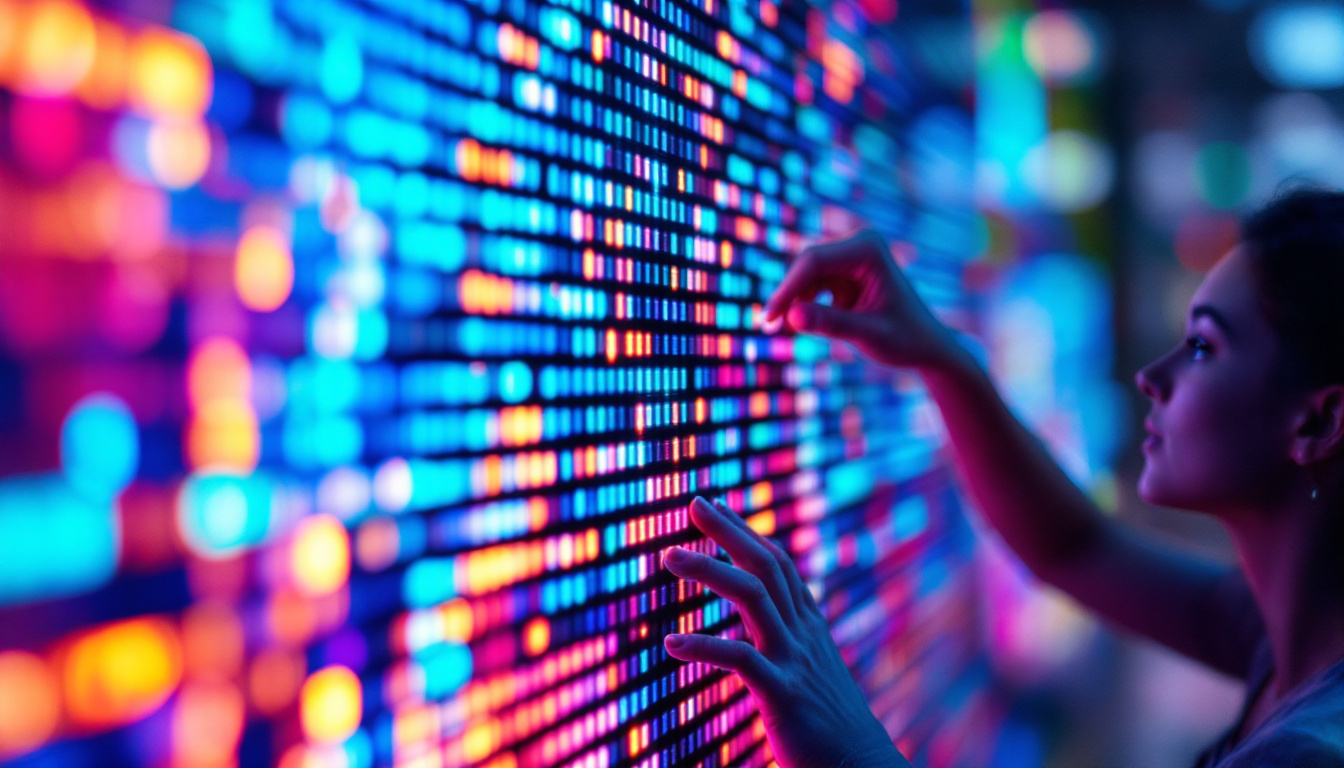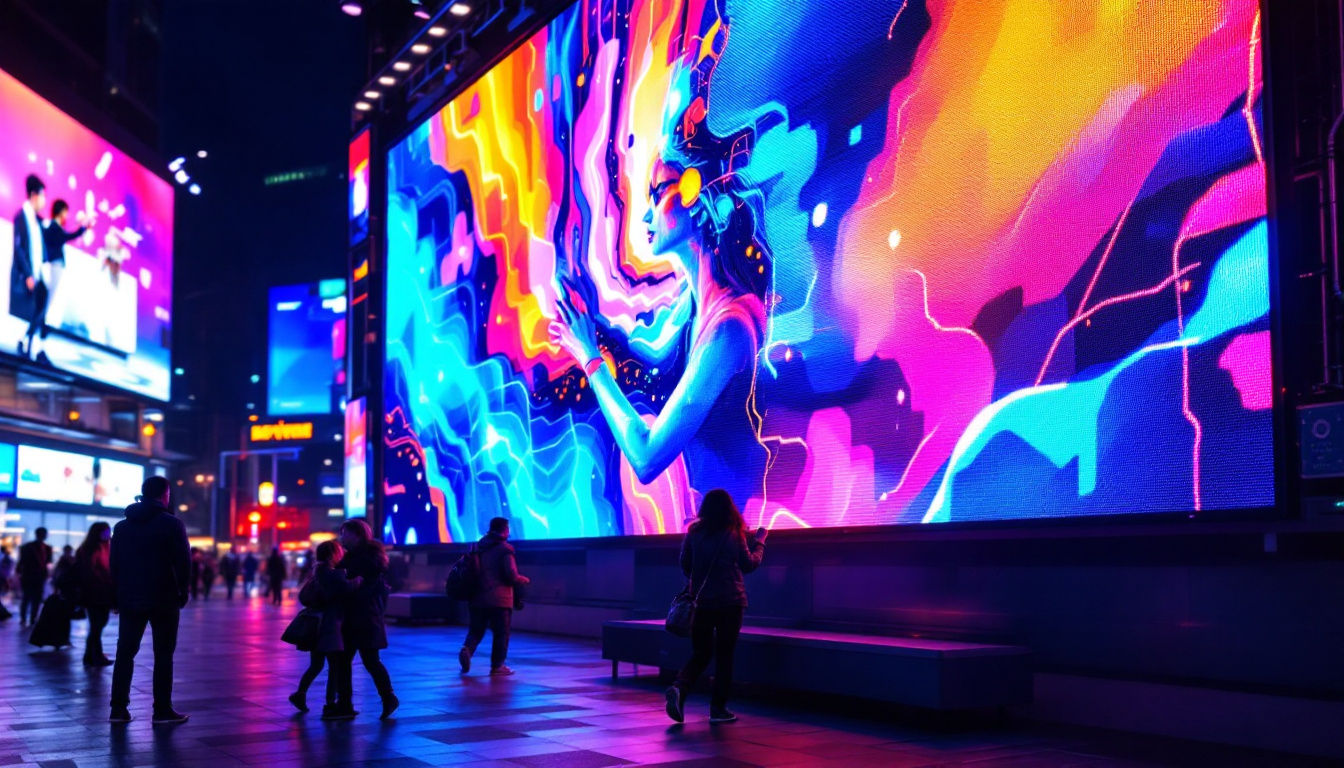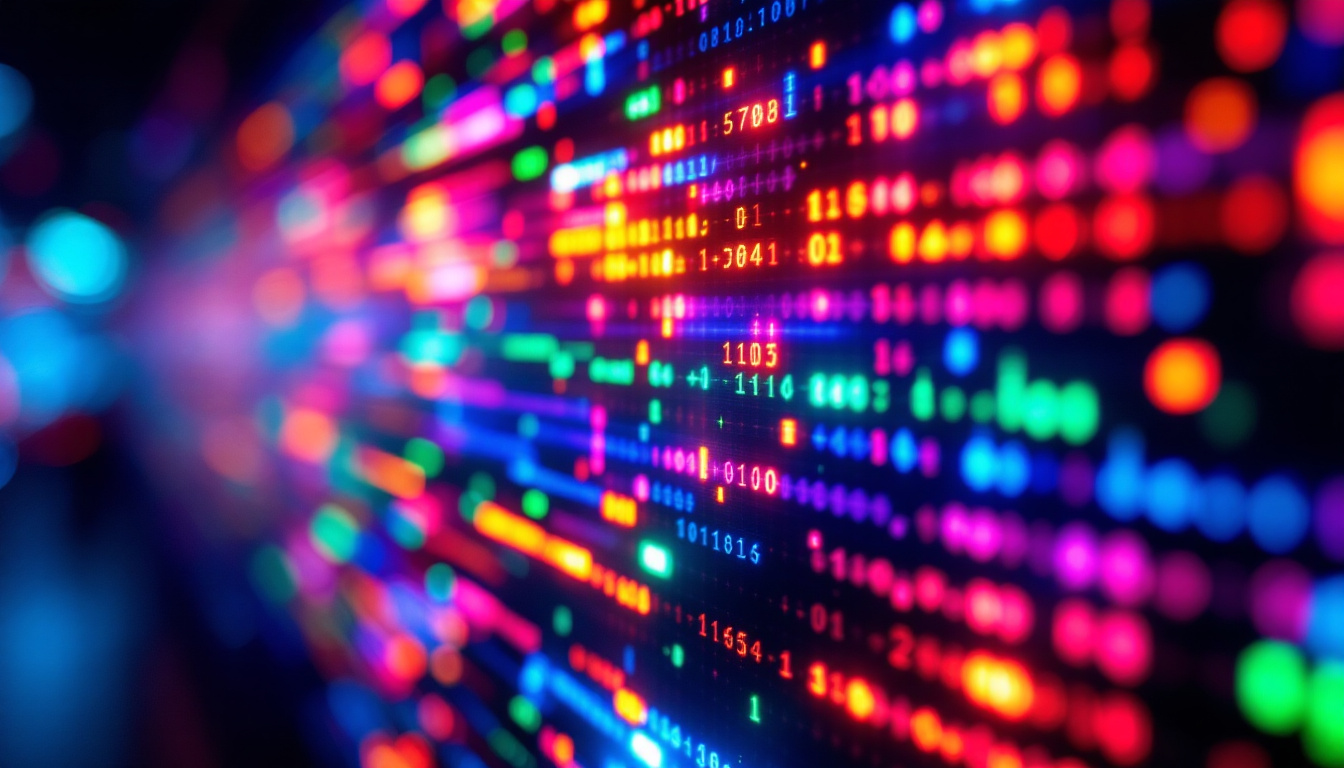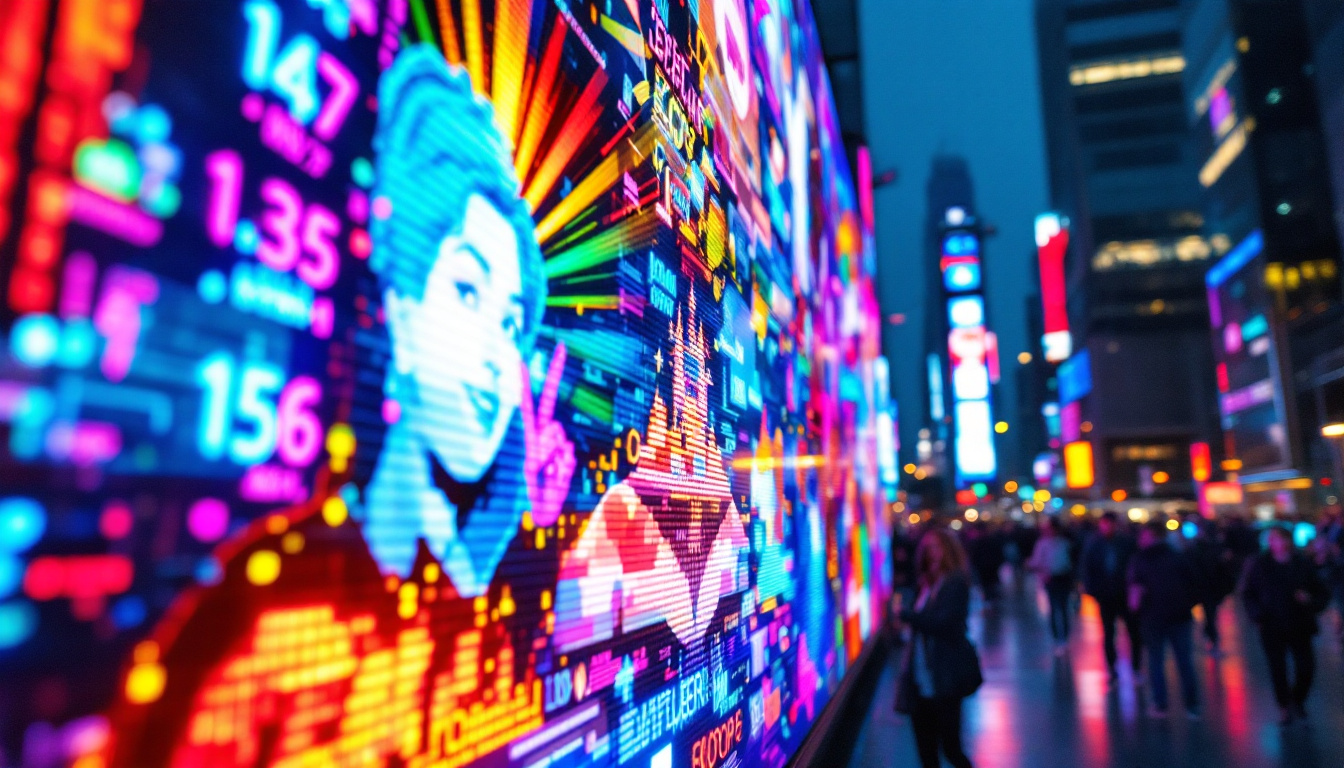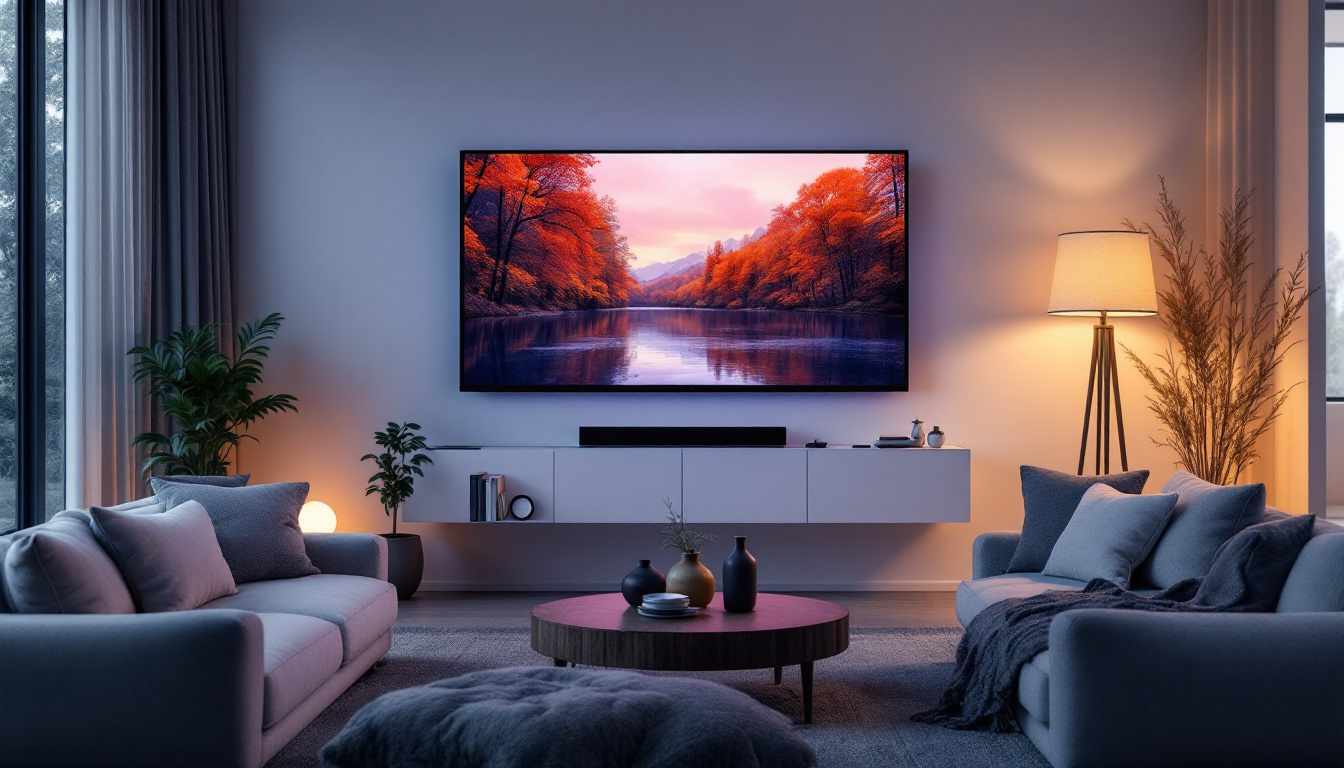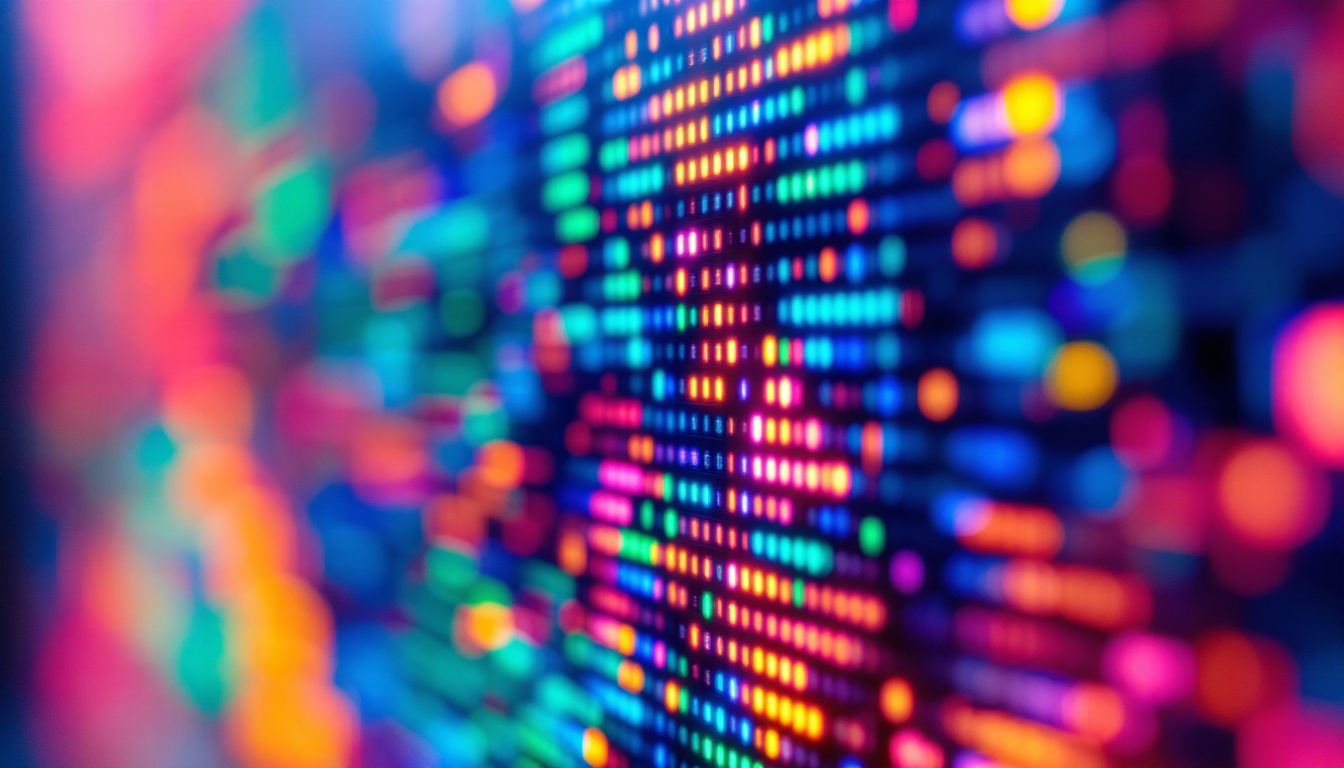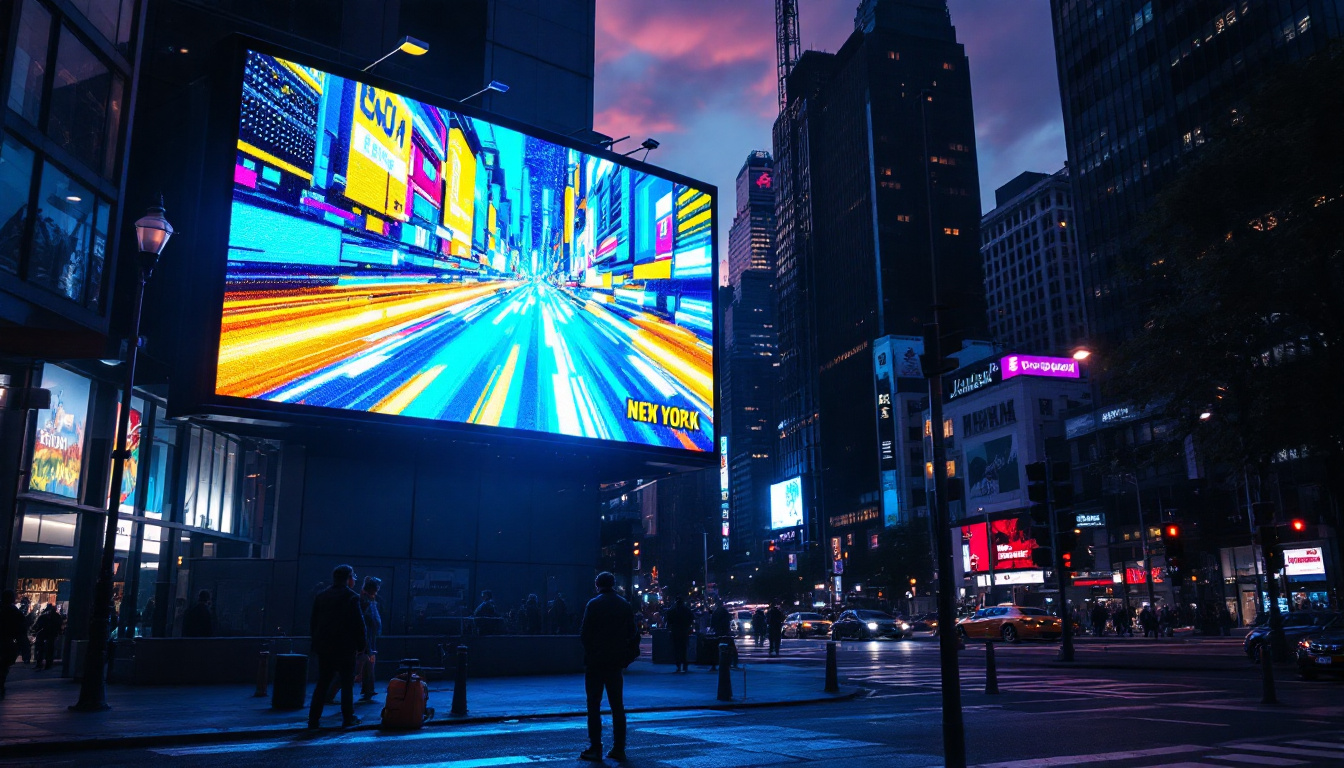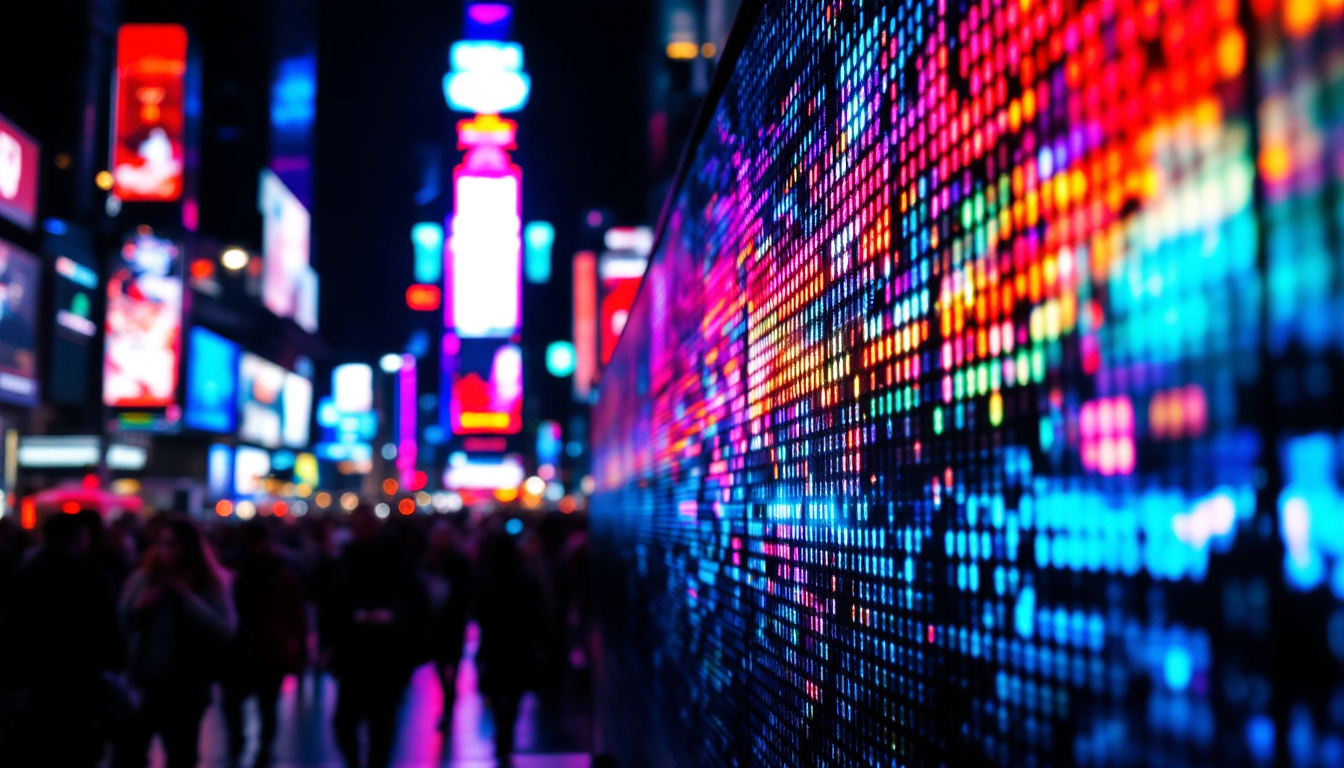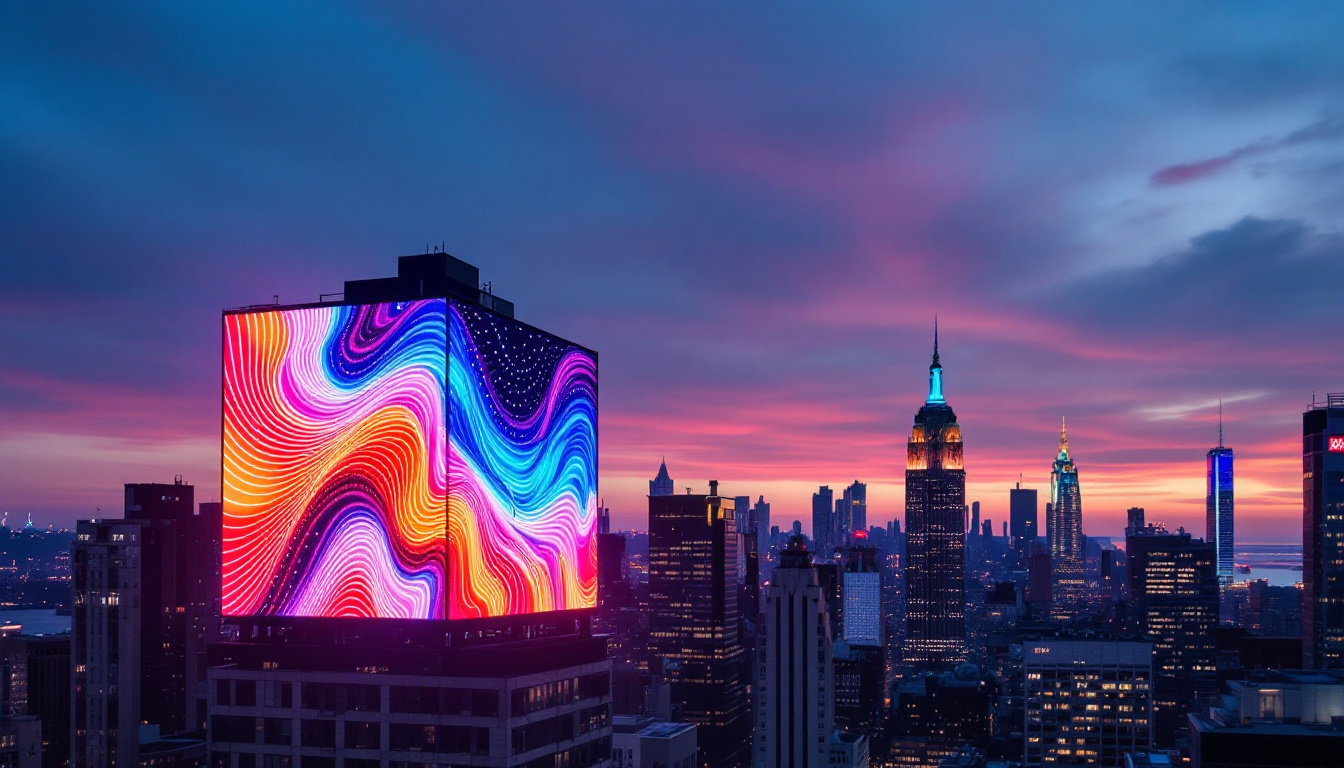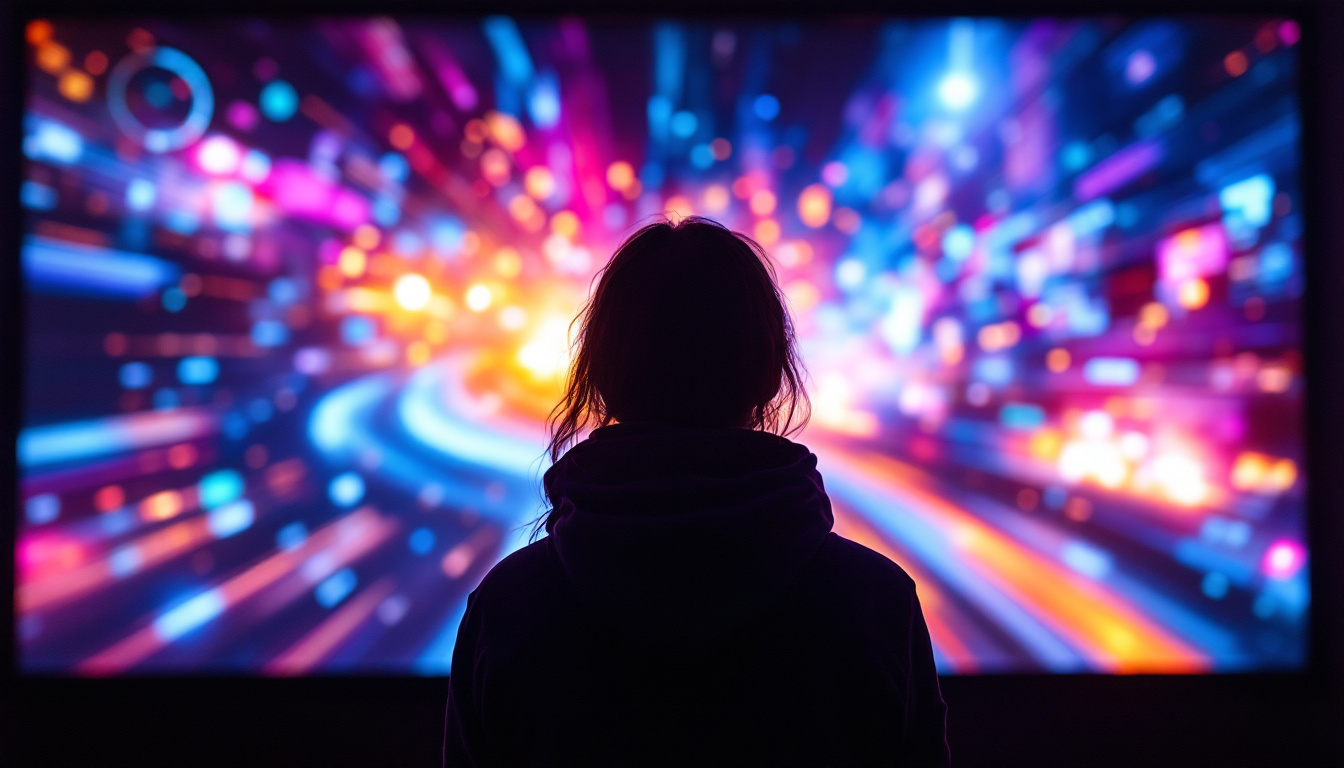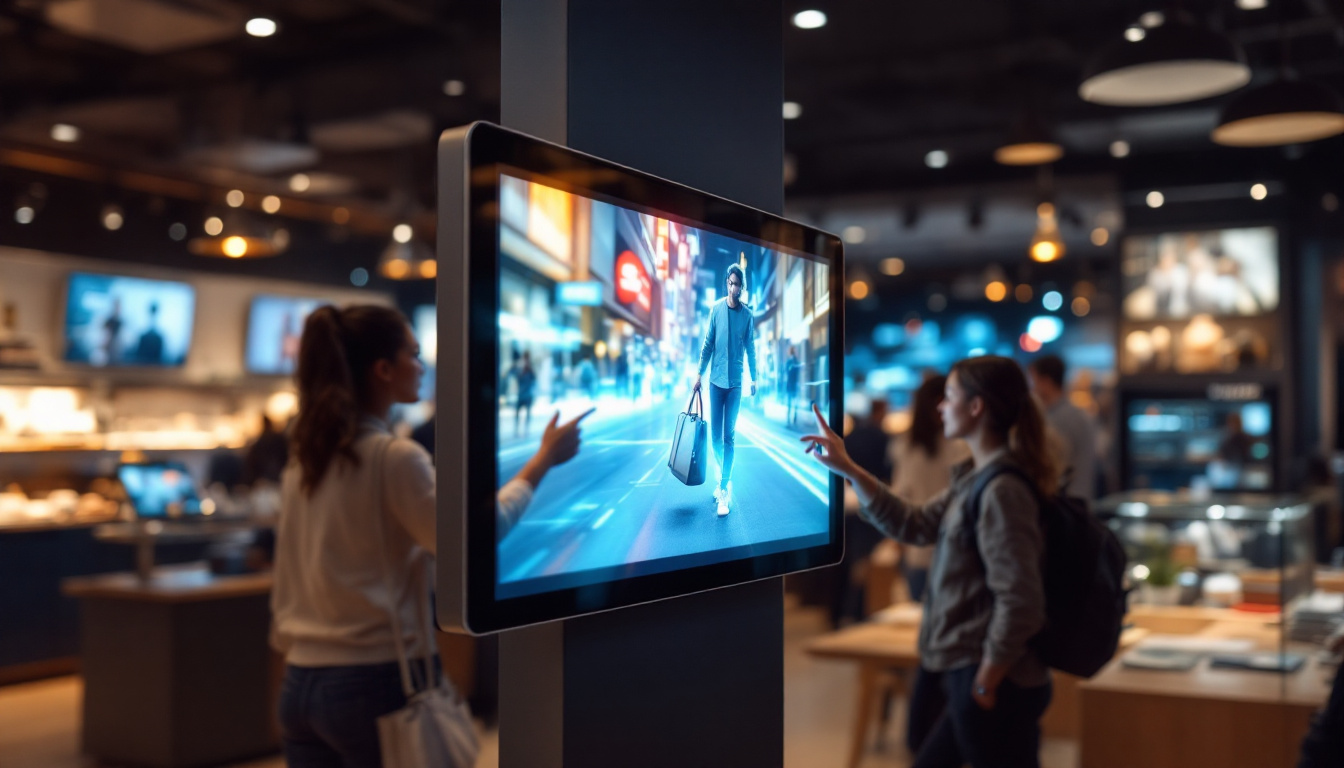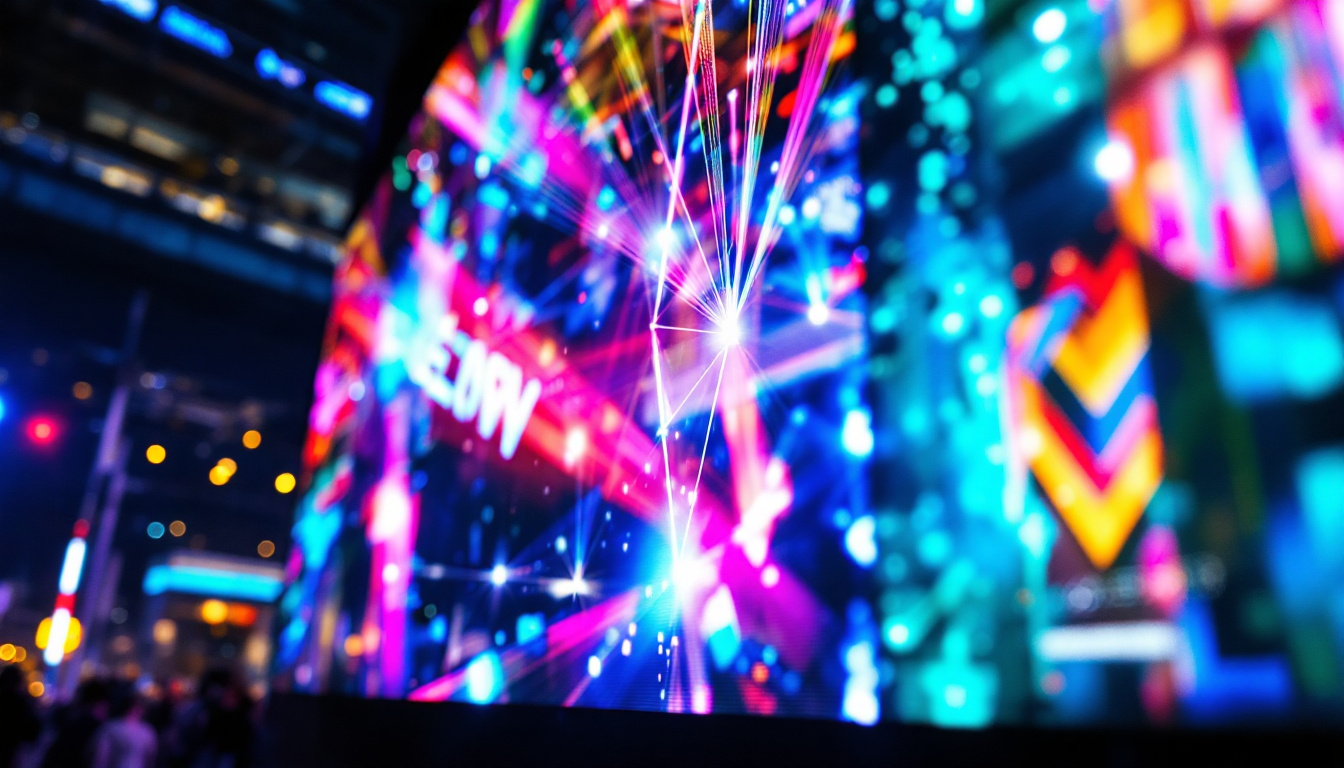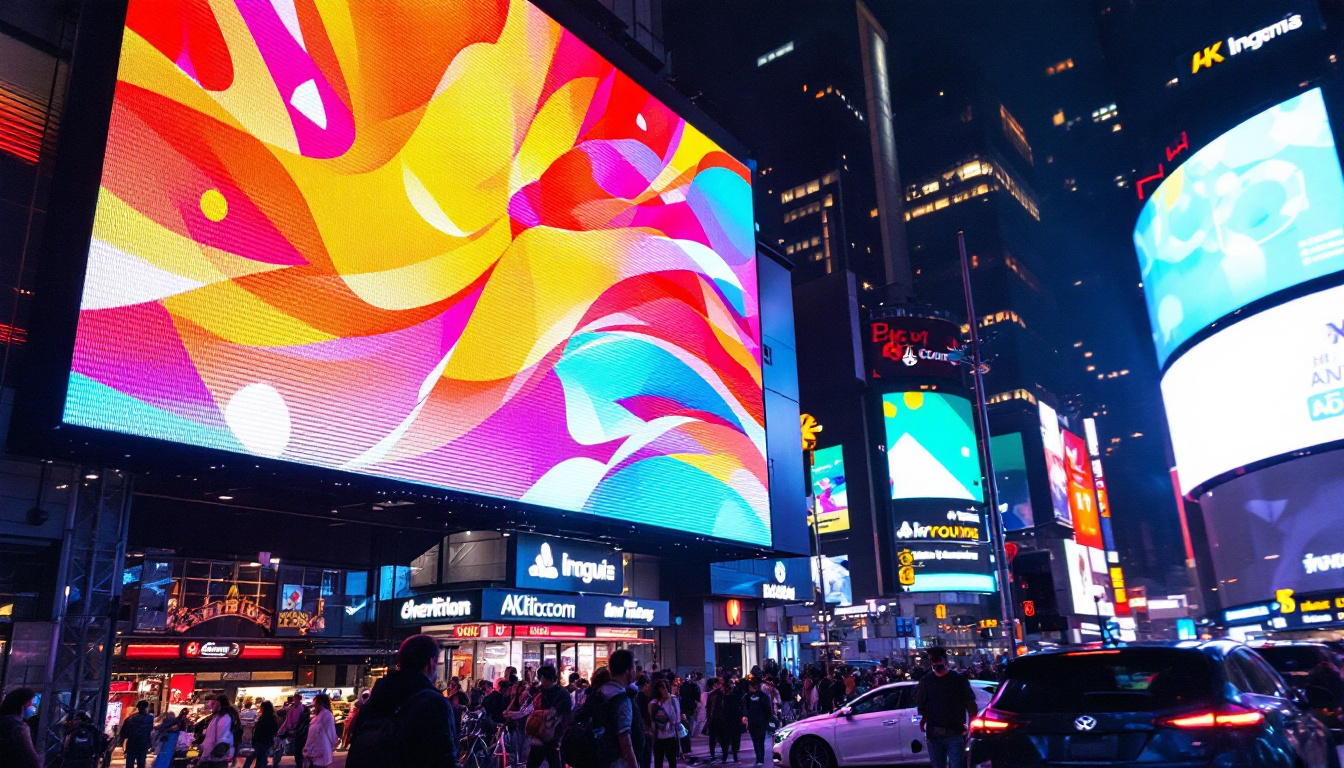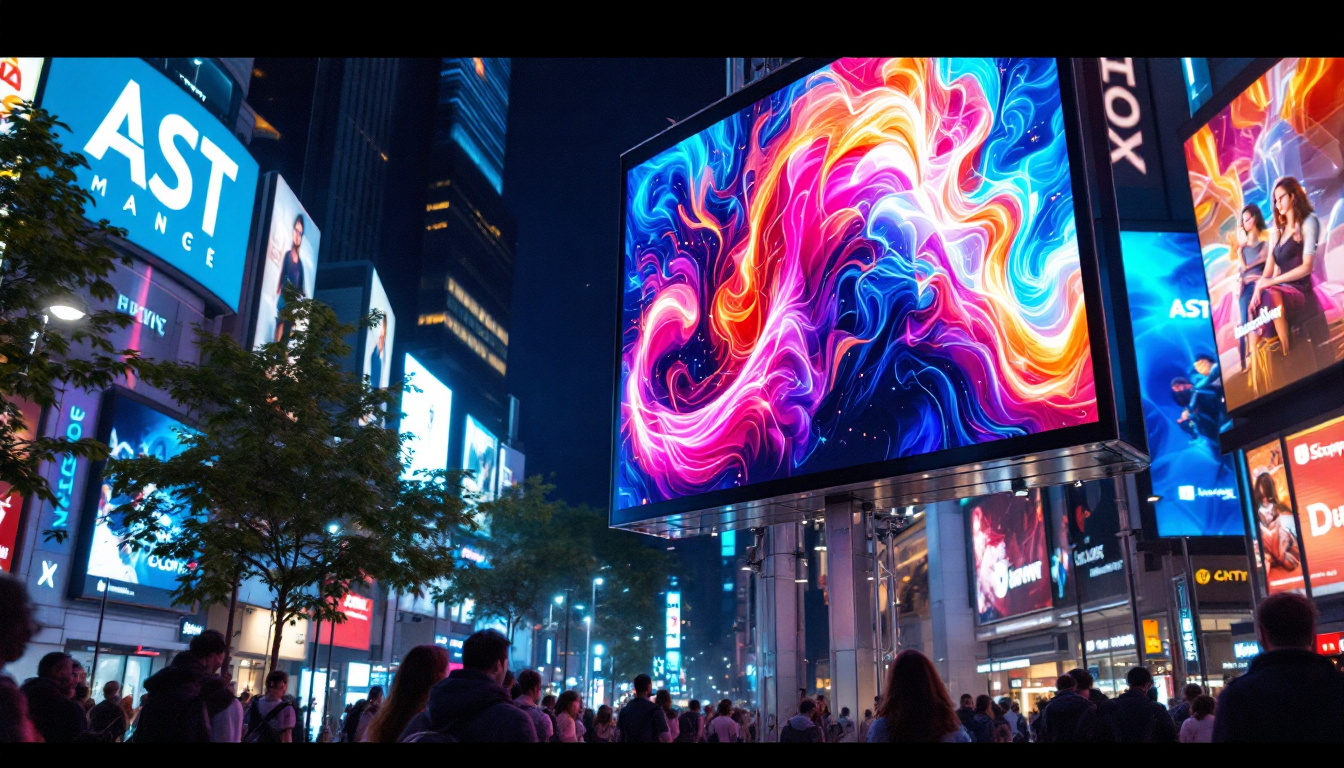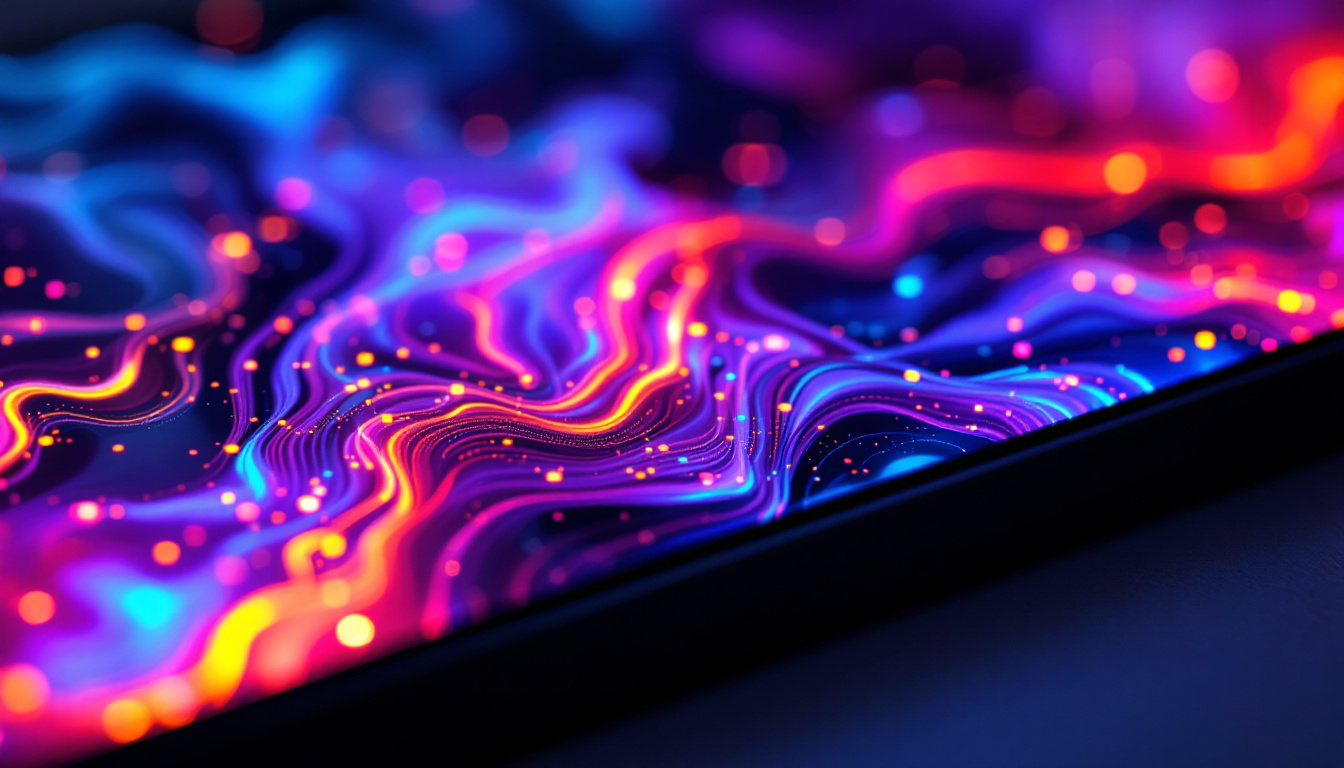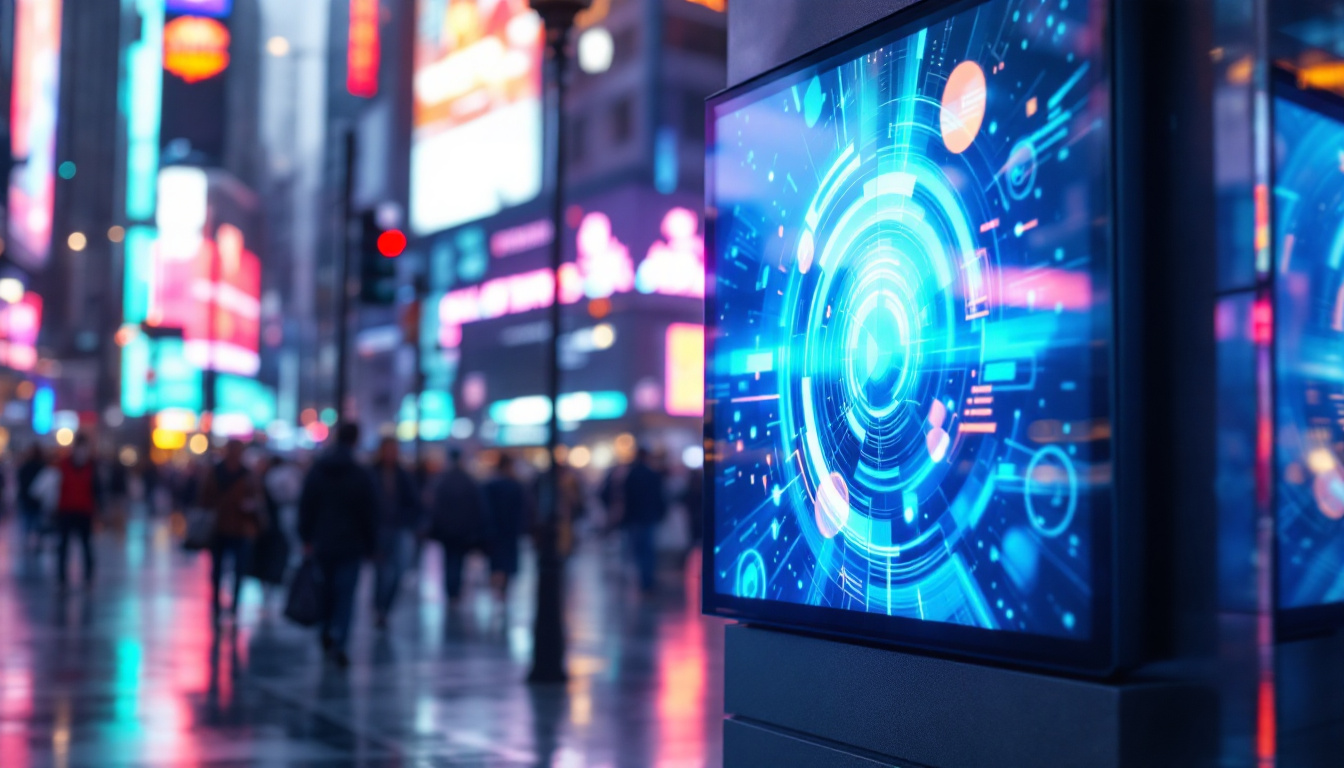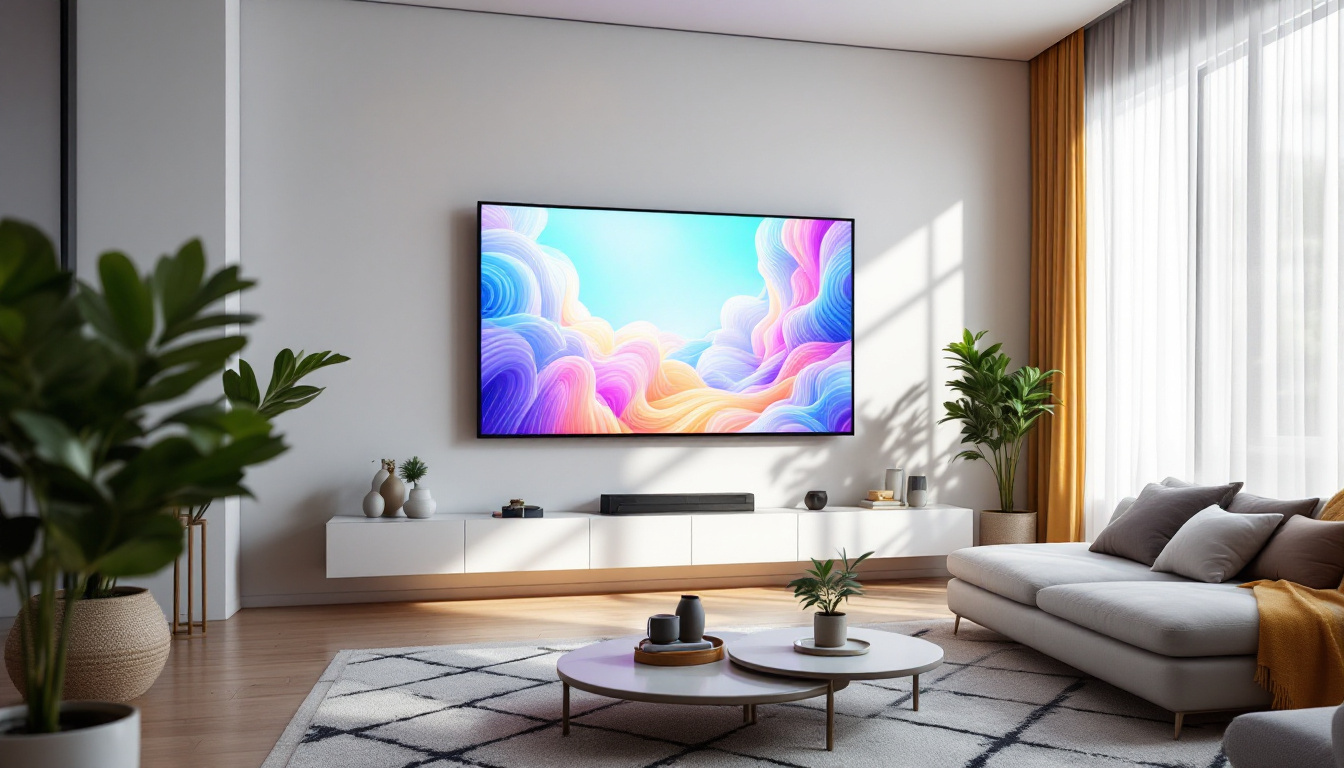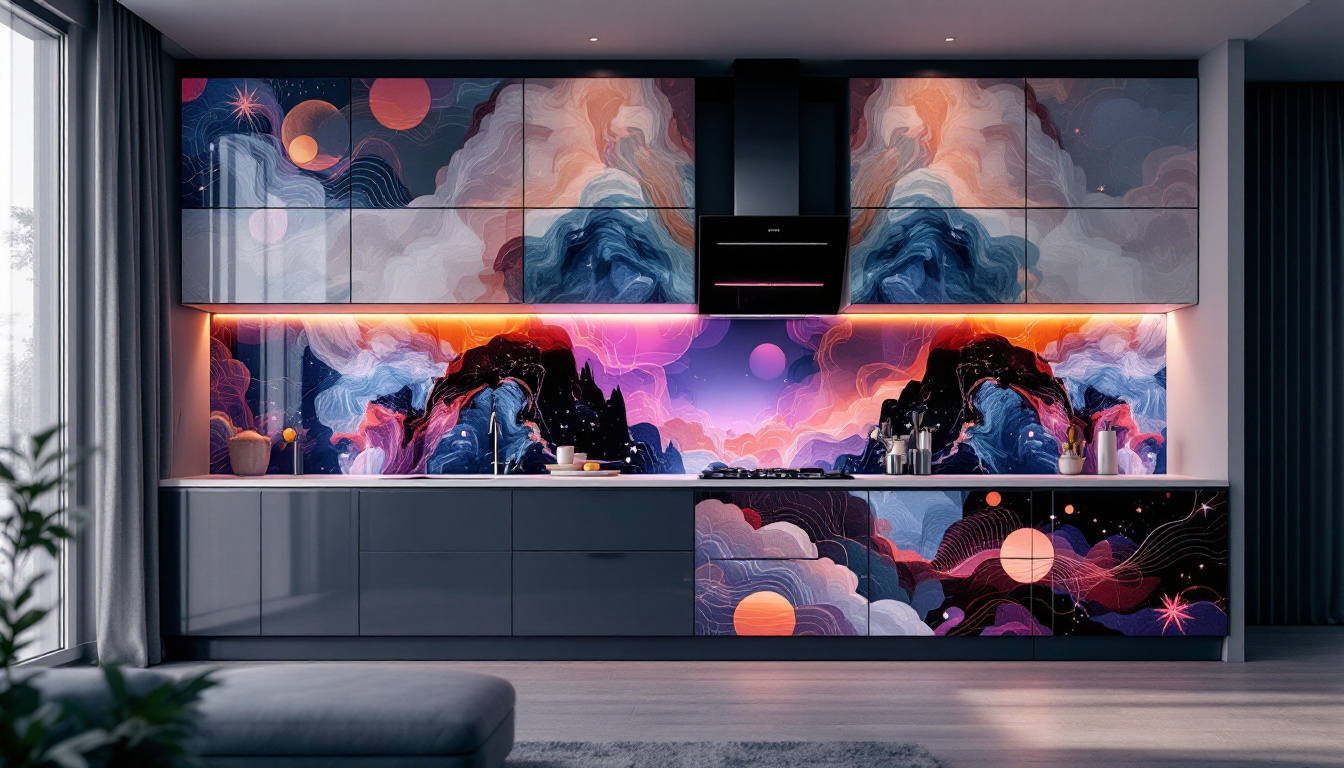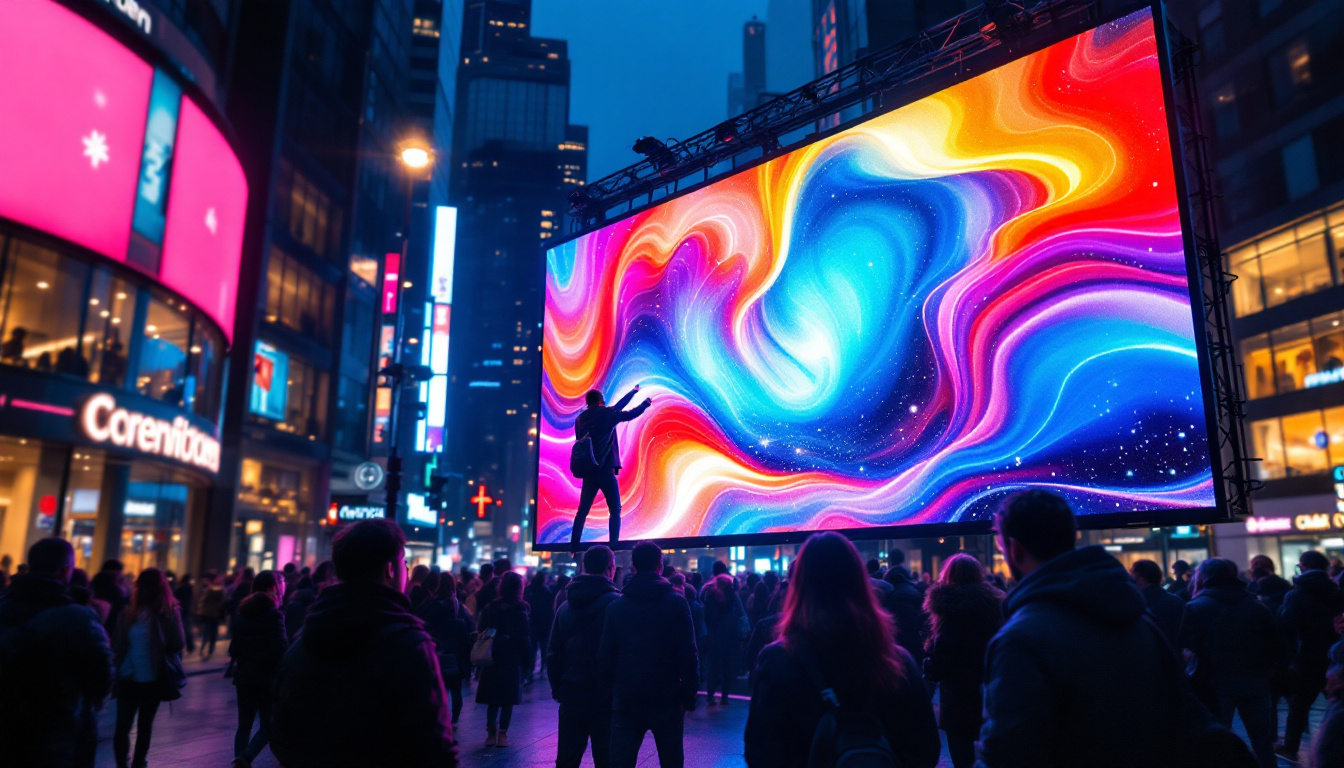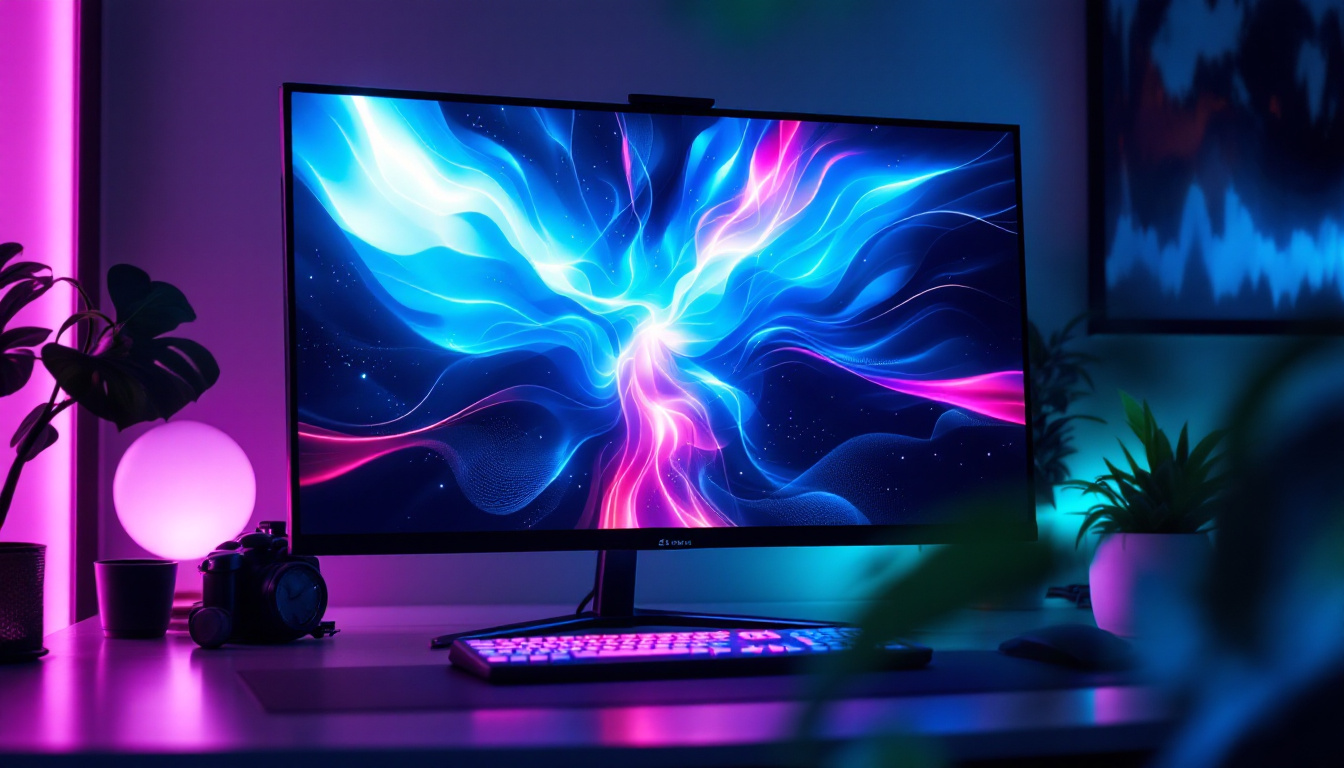In the ever-evolving world of technology, the display is one of the most crucial components of any digital device. Among the various types of displays available today, LED (Light Emitting Diode) technology has emerged as a popular choice for monitors, televisions, and other screens. This article delves into the intricacies of LED displays, exploring their functionality, advantages, and the different types available in the market.
Understanding LED Technology
LED technology has transformed the way visuals are presented on screens. Unlike traditional LCD monitors that rely on fluorescent backlighting, LED displays utilize tiny diodes to generate light. This fundamental difference results in a range of benefits, including improved energy efficiency, enhanced color accuracy, and thinner designs. The evolution of LED technology has not only changed the landscape of consumer electronics but has also paved the way for innovative applications in various fields, including automotive lighting, architectural illumination, and even horticulture.
How LED Displays Work
At the core of LED technology is the semiconductor material that emits light when an electric current passes through it. This process is known as electroluminescence. In LED displays, thousands of these tiny diodes are arranged in a grid, each capable of producing light in various colors. By adjusting the intensity of each diode, the display can create a wide spectrum of colors and brightness levels. The precision of this technology allows for rapid refresh rates and high dynamic contrast ratios, making LED displays particularly suitable for fast-paced content like sports and action movies.
There are two primary configurations of LED displays: edge-lit and backlit. Edge-lit displays have LEDs positioned along the edges of the screen, while backlit displays feature LEDs placed directly behind the screen. The choice of configuration affects the overall brightness, color uniformity, and thickness of the monitor. Additionally, advancements in local dimming technology have further improved backlit displays, allowing specific areas of the screen to dim or brighten independently, which enhances the depth of black levels and overall picture quality.
The Role of Color in LED Displays
Color representation is a critical aspect of any display technology. LED displays excel in this area due to their ability to produce vibrant and accurate colors. This is achieved through the use of RGB (Red, Green, Blue) color mixing. By varying the intensity of these three primary colors, LED displays can create a full range of colors that are visually striking and true to life. This capability is especially beneficial in applications like digital signage, where capturing the viewer’s attention is paramount.
Moreover, advanced LED technologies, such as quantum dot displays, further enhance color accuracy and brightness. These innovations allow for a more immersive viewing experience, making LED displays ideal for everything from gaming to professional graphic design. Quantum dots, which are tiny semiconductor particles, can be tuned to emit specific colors when illuminated by LEDs, resulting in a wider color gamut and improved energy efficiency. As a result, users can enjoy richer visuals that are not only more appealing but also more faithful to the original content. This level of detail is crucial in fields such as medical imaging and digital art, where color precision can significantly impact outcomes and interpretations.
Advantages of LED Displays
LED displays offer numerous advantages over traditional display technologies. These benefits can significantly enhance the user experience, making them a preferred choice for many consumers and professionals alike.
Energy Efficiency
One of the most significant advantages of LED displays is their energy efficiency. Compared to traditional LCDs, LED monitors consume less power, which not only reduces electricity bills but also contributes to a smaller carbon footprint. This efficiency is particularly beneficial for businesses that operate multiple monitors, as the cumulative savings can be substantial.
Additionally, LED technology generates less heat, which can prolong the lifespan of the monitor and reduce the need for cooling systems in environments where multiple displays are used.
Improved Brightness and Contrast
LED displays are known for their superior brightness levels. This is particularly important in environments with high ambient light, where traditional displays may struggle to maintain visibility. The high brightness of LED monitors ensures that content remains clear and vibrant, regardless of the lighting conditions.
Furthermore, LED displays offer enhanced contrast ratios, allowing for deeper blacks and brighter whites. This capability results in a more dynamic image, providing a richer viewing experience whether for movies, games, or professional presentations.
Thin and Lightweight Design
The compact nature of LED technology allows for thinner and lighter displays compared to their predecessors. This design flexibility is particularly advantageous for modern aesthetics, where sleek and minimalistic designs are favored. Thin monitors can be easily mounted on walls or incorporated into various environments without compromising style or functionality.
Moreover, the lightweight nature of LED displays makes them easier to transport and install, catering to both personal and professional needs.
Types of LED Displays
As LED technology has advanced, various types of LED displays have emerged, each catering to different applications and user needs. Understanding these types can help consumers make informed decisions when selecting a monitor.
Standard LED Displays
Standard LED displays are the most common type found in homes and offices. These monitors utilize either edge-lit or backlit configurations and are suitable for general use, including web browsing, office applications, and casual gaming. They provide a good balance of performance and affordability, making them a popular choice for everyday consumers.
OLED Displays
Organic Light Emitting Diode (OLED) displays represent a significant advancement in LED technology. Unlike standard LED displays, OLEDs do not require a backlight, as each pixel emits its own light. This results in unparalleled contrast ratios, with true blacks and vibrant colors. OLED displays are particularly favored by photographers, videographers, and gamers who demand the highest quality visuals.
However, OLED technology can be more expensive than traditional LED displays, and concerns about burn-in (where static images can leave a permanent mark on the screen) have been raised. Despite these challenges, the stunning image quality of OLEDs continues to attract a loyal following.
Mini-LED and Micro-LED Displays
Mini-LED and Micro-LED technologies are relatively new entrants in the LED display market. Mini-LED displays use smaller LEDs for backlighting, allowing for more precise control over local dimming and enhancing contrast and brightness. This technology bridges the gap between traditional LED and OLED displays, offering improved performance without the drawbacks of burn-in.
Micro-LED displays take this a step further by utilizing microscopic LEDs that can create individual pixels. This technology promises even greater color accuracy, brightness, and energy efficiency. While still in the early stages of adoption, Micro-LED displays are poised to revolutionize the industry as they become more widely available.
Applications of LED Displays
LED displays have found applications across various fields, thanks to their versatility and superior performance. From personal use to professional environments, the benefits of LED technology are evident in numerous scenarios.
Home Entertainment
In the realm of home entertainment, LED displays have become the standard for televisions and monitors. Their ability to deliver stunning visuals makes them ideal for watching movies, playing video games, and streaming content. With advancements in HDR (High Dynamic Range) technology, LED displays can produce a wider range of colors and brightness levels, enhancing the viewing experience even further.
Moreover, smart LED TVs have integrated features such as internet connectivity and streaming capabilities, making them a central hub for home entertainment.
Professional Use
In professional settings, LED displays are widely used in graphic design, video editing, and photography. The accurate color reproduction and high resolution of LED monitors are essential for professionals who rely on precise visuals. Additionally, industries such as advertising and marketing utilize LED displays for digital signage, where vibrant colors and high visibility are crucial for attracting attention.
Furthermore, LED technology is increasingly being adopted in conference rooms and collaborative spaces, where large displays facilitate presentations and discussions.
Gaming
The gaming industry has embraced LED displays for their fast response times and high refresh rates. Gamers benefit from the smooth visuals and vibrant colors that LED technology offers, enhancing the overall gaming experience. Many gaming monitors now feature advanced specifications, such as G-Sync and FreeSync compatibility, which help eliminate screen tearing and stuttering.
As gaming continues to evolve, LED displays are likely to play a pivotal role in delivering immersive experiences, whether through virtual reality or high-definition graphics.
Future Trends in LED Display Technology
The future of LED display technology looks promising, with ongoing research and development aimed at enhancing performance and expanding applications. Several trends are emerging that could shape the landscape of LED displays in the coming years.
Increased Integration with AI
Artificial intelligence (AI) is making its way into various technologies, and LED displays are no exception. AI can optimize display settings based on the content being shown, adjusting brightness and color balance in real-time for an improved viewing experience. This integration could lead to smarter displays that adapt to user preferences and environmental conditions.
Advancements in Flexibility and Form Factor
As technology progresses, the demand for flexible and adaptable displays is on the rise. Future LED displays may feature bendable or rollable designs, allowing for innovative applications in various environments. Such flexibility could revolutionize how displays are used in both commercial and personal settings, enabling new forms of interaction and engagement.
Sustainability Initiatives
With growing concerns about environmental impact, the display industry is focusing on sustainability. Future LED technologies are likely to prioritize eco-friendly materials and energy-efficient designs. Manufacturers may adopt practices that reduce waste and improve recyclability, aligning with global efforts to create a more sustainable future.
Conclusion
LED displays have reshaped the landscape of visual technology, offering numerous advantages over traditional display methods. Their energy efficiency, superior brightness, and vibrant color reproduction make them a popular choice across various applications, from home entertainment to professional use.
As technology continues to advance, LED displays will likely evolve further, incorporating innovations such as AI integration, flexible designs, and sustainability initiatives. Understanding the intricacies of LED technology empowers consumers to make informed decisions, ensuring they choose the right display for their needs.
In a world where visual quality plays a pivotal role in user experience, LED displays stand out as a remarkable achievement in modern technology, promising to enhance how we interact with digital content for years to come.
Discover LumenMatrix LED Display Solutions
Ready to experience the future of visual technology with LED displays that offer unmatched clarity, vibrancy, and energy efficiency? LumenMatrix is at the forefront of LED innovation, providing a wide array of solutions tailored to meet your needs. Whether you’re looking to enhance your home entertainment system, elevate your professional workspace, or captivate your audience with dynamic digital signage, LumenMatrix has the cutting-edge technology to transform your visual experience. Check out LumenMatrix LED Display Solutions today and see how we can help you communicate your message with impact and precision.




